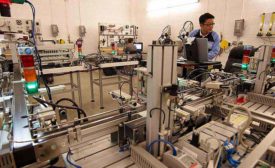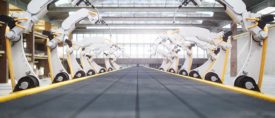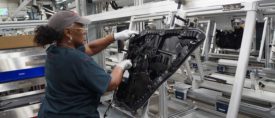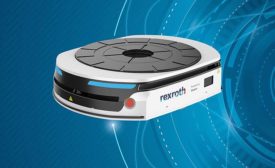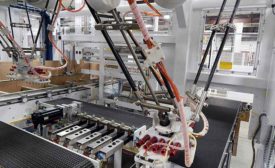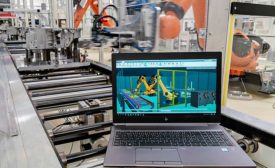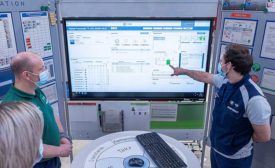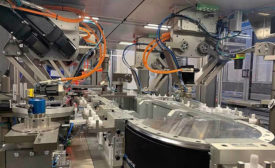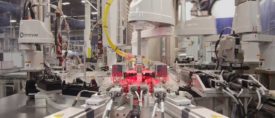Home » assembly systems
Articles Tagged with ''assembly systems''
Buoyed by efforts to boost domestic production of EVs and electronics, manufacturers are investing in their assembly operations.
Read More
Automated Assembly System Roundup
Medical devices and faucets are among the myriad items made on automated assembly systems.
November 2, 2022
2022 Assembly Plant of the Year: Continuous Improvement Culture Thrives at Brose
Employee participation and productivity shine bright in Vance, AL.
October 6, 2022
Industry 4.0 at Škoda
Digital twins, autonomous mobile robots and AI are some of the cutting-edge technologies helping European automaker Škoda compete.
June 28, 2022
Inside or Outside?
Greater process control, lower setup costs and simple equipment programming make it easier than ever for manufacturers to build their automation in-house rather than hire a machine builder.
March 30, 2022
Never miss the latest news and trends driving the manufacturing industry
Stay in the know on the latest assembly trends.
JOIN TODAY!Copyright ©2024. All Rights Reserved BNP Media.
Design, CMS, Hosting & Web Development :: ePublishing


